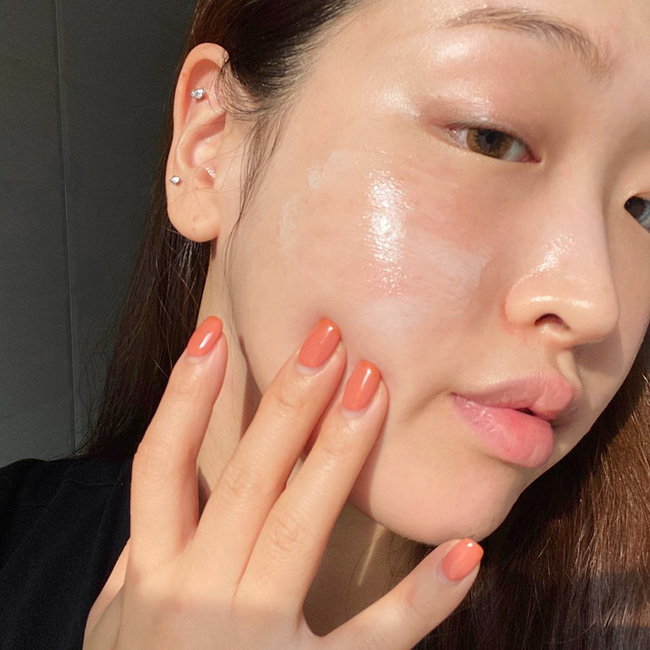Retinol is renowned for its skin-stimulating properties, effectively reducing wrinkles and boosting collagen production. However, when first introduced to the skin, one may experience flaking as the skin adjusts. This is because retinol accelerates cell turnover, causing the old skin to shed faster than usual, resulting in a dry, tight, and sensitive feeling.
Additionally, retinol decreases the skin’s natural oil production, weakening its protective barrier. This heightened sensitivity makes the skin more susceptible to external environmental influences, especially for those with inherently dry or irritable skin.

Retinol diminishes the skin’s natural oil production, impairing its protective barrier.
The extent of flaking is contingent on the concentration and frequency of retinol application. Initiating treatment with a high concentration or overly frequent use may elicit a more intense reaction. Thus, a well-planned regimen is imperative to mitigate irritation.
Moreover, combining retinol with potent acidic ingredients such as AHA and BHA without proper modulation can deprive the skin of essential moisture, damaging the protective barrier, and culminating in dryness, flaking, and irritation.
Remedies for Retinol-Induced Flaking
When confronted with flaking, refrain from forcibly peeling the dead skin, as this may induce trauma, heighten the risk of infection, and leave pigmentation issues in its wake. Instead, opt for a more passive approach, allowing the skin to naturally exfoliate, while focusing on ample hydration to facilitate recovery.
Should the irritation persist, consider reducing the frequency of retinol application. For instance, if you’re currently using it daily, scale back to 2-3 times a week to grant your skin a respite and opportunity to acclimate. Once your skin has adjusted, you can gradually increase the frequency to mitigate reactions.
To maintain skin hydration and thwart flaking, incorporate moisturizers enriched with hyaluronic acid, ceramides, or niacinamide into your skincare regimen. Simultaneously, eschew products laden with alcohol or potent fragrances, as these may exacerbate irritation.
Safeguarding your skin from the sun’s rays is imperative when using retinol. Given that retinol heightens sun sensitivity, daily sunscreen application is imperative to thwart potential damage and optimize retinol’s efficacy.

If irritation is pronounced, consider reducing the frequency of retinol usage.
Precautions to Avoid Flaking When Using Retinol
-
Start with lower concentrations: Allow your skin time to acclimate to retinol by commencing with lower concentrations ranging from 0.1% to 0.3%. Once your skin has adjusted, you can gradually increase to 0.5% or 1%.
-
Evening application: Given that retinol may heighten sun sensitivity, it’s advisable to apply it at night. During the day, diligently apply sunscreen to fortify your skin’s defenses.
-
Opt for moisturizing retinol formulations: If you’re prone to dry or sensitive skin, seek out retinol products infused with moisturizing agents such as ceramides, peptides, glycerin, or natural extracts like licorice, oatmeal, or pomegranate to impart a soothing effect.
-
Refrain from combining with potent actives: AHA, BHA, and vitamin C can induce irritation if not used judiciously. Should you wish to incorporate these actives, consult a skincare specialist or alternate their use on a daily basis to ensure a gentle approach.
Retinol offers myriad benefits for skin rejuvenation, but to maximize its advantages without inciting irritation, it’s imperative to employ it judiciously and tailor its use according to individual skin responses.






























